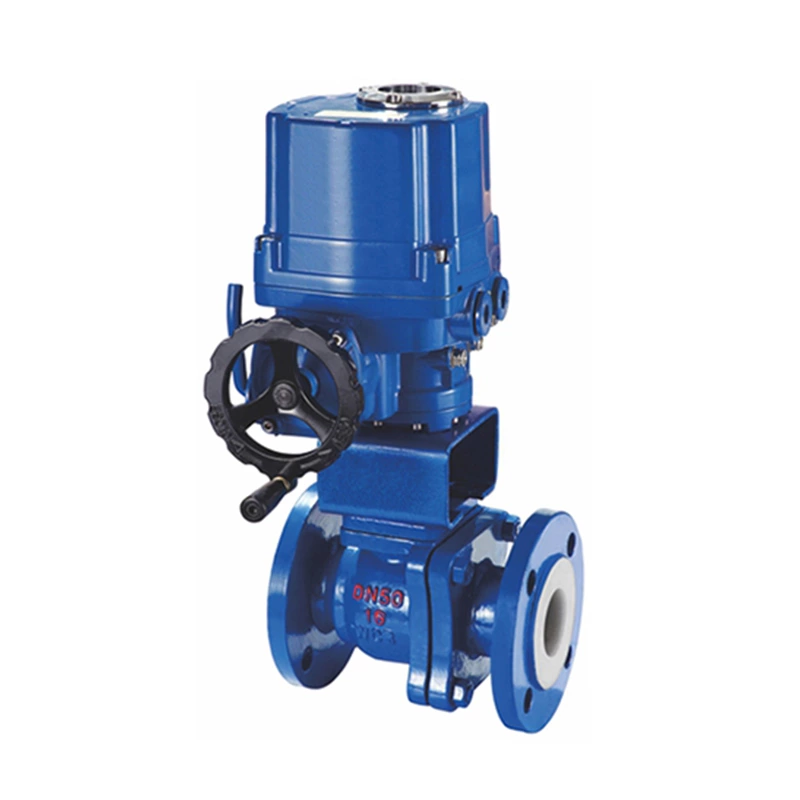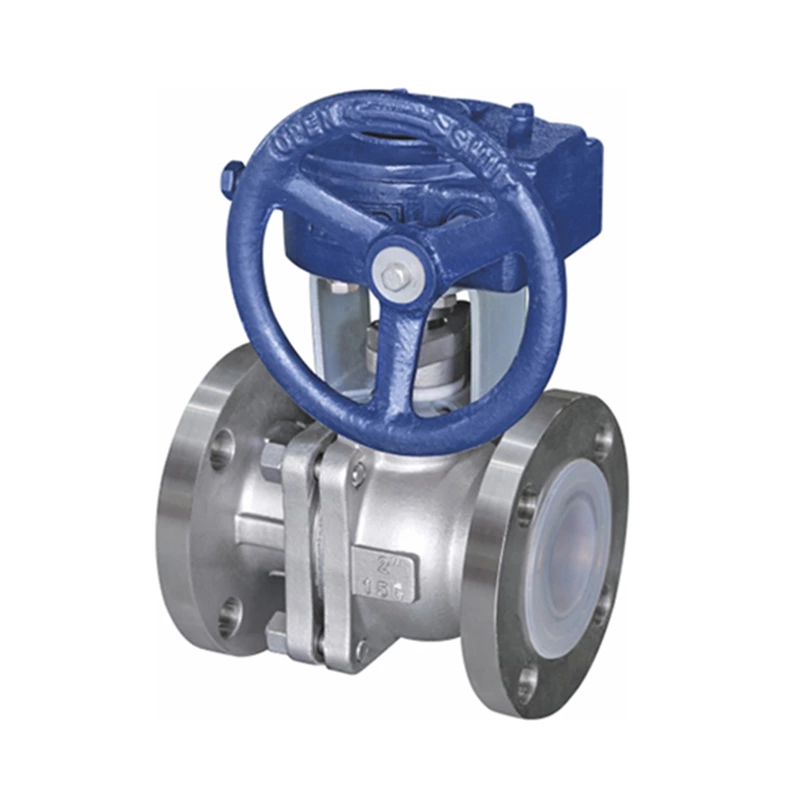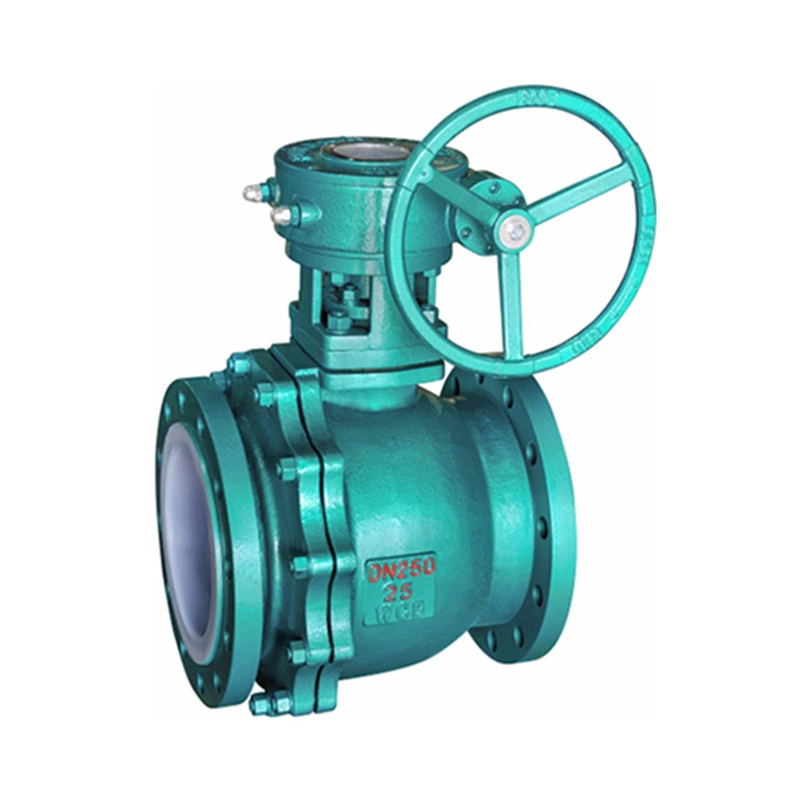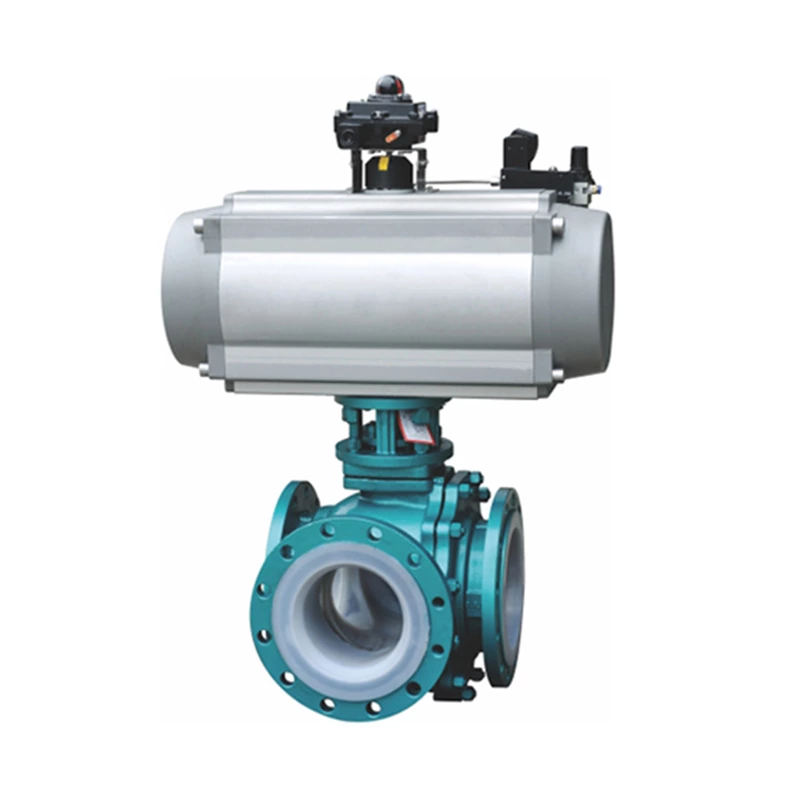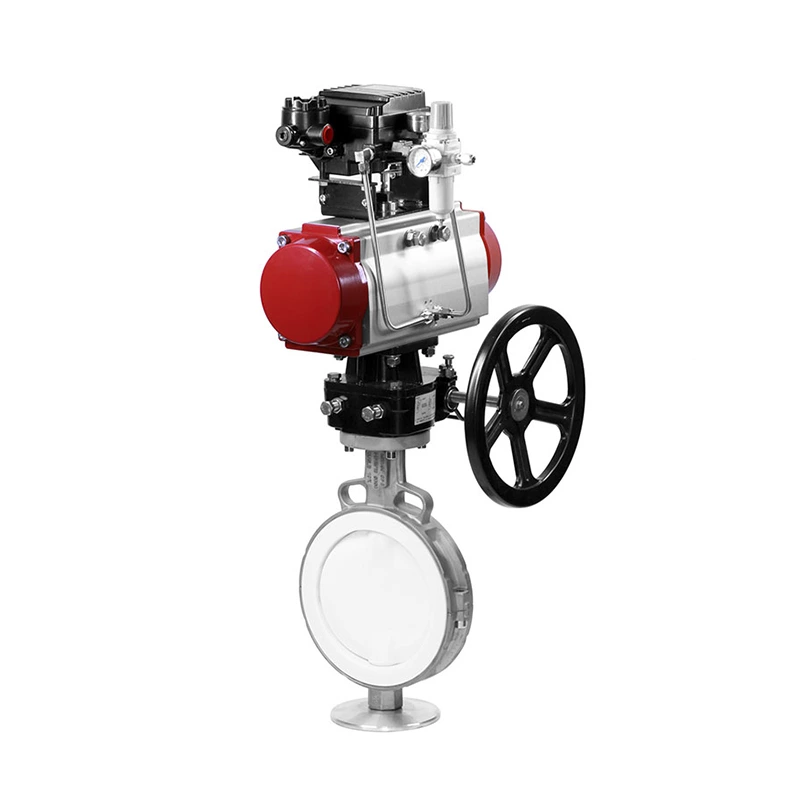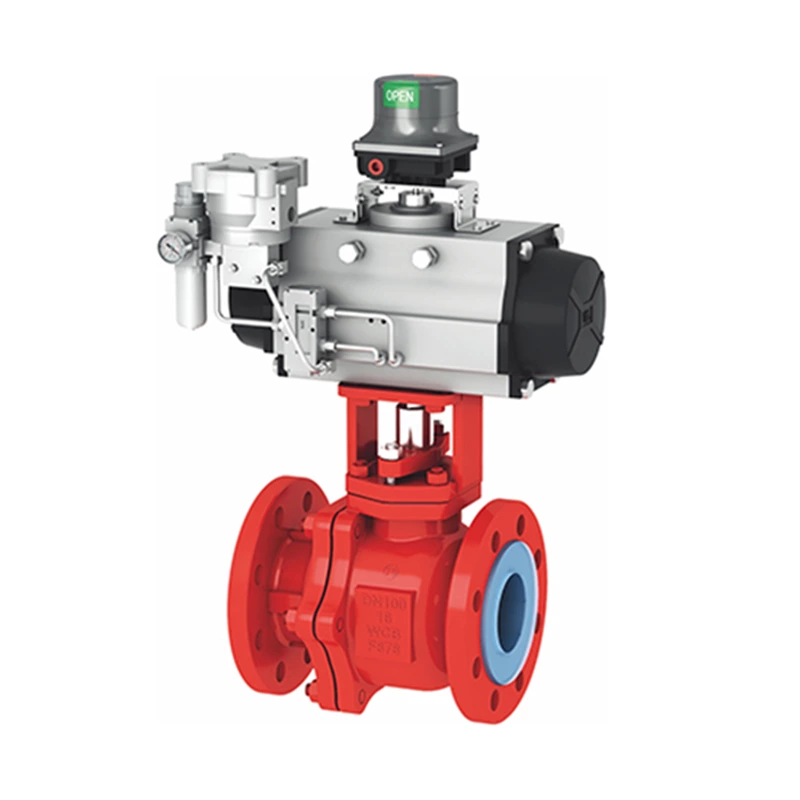Key Points For Using Fluorine-lined Three-way Ball Valve
Lined Ball Valve is a valve that can withstand strong corrosion. The lining of fluoroplastics in conventional valves is a major feature of this valve. It is widely used in many industries such as petroleum, chemical, pharmaceutical, printing and dyeing, and electricity.
Introduction to common types of PTFE lined valves
The following matters must be noted when using fluorine-lined three-way ball valves:
1. The medium temperature used by fluorine-lined valves: The medium temperature used cannot exceed 150℃ (the medium temperature can reach 150℃ for a short time, and the long-term use temperature should be controlled within 120℃). Otherwise, the lining of each component of the valve is easy to soften and deform, resulting in the valve not being able to close tightly and large leakage.
2. No negative pressure. Fluorine-lined valves should avoid negative pressure in the pipeline used. If there is negative pressure, it is easy to cause the fluoroplastic lining layer in the inner cavity of the valve to be sucked out (bulged) and peeled off, resulting in failure of the valve to open or close.
3. Pressure and pressure difference should be controlled within the allowable range. Especially for fluoroplastic-lined regulating valves and stop valves sealed with bellows. Because the bellows is made of PTFE material, the pressure and pressure difference are large, which can easily cause the bellows to rupture.
4. The medium conditions used in fluorine-lined valves should not contain hard particles, crystals, impurities, etc., so as to avoid the valve core and valve seat lining fluorine plastic layer or PTFE bellows being worn during the operation of opening and closing. For the medium with hard particles, crystals, and impurities, the valve core and valve seat can be replaced with Hastelloy when selecting.
